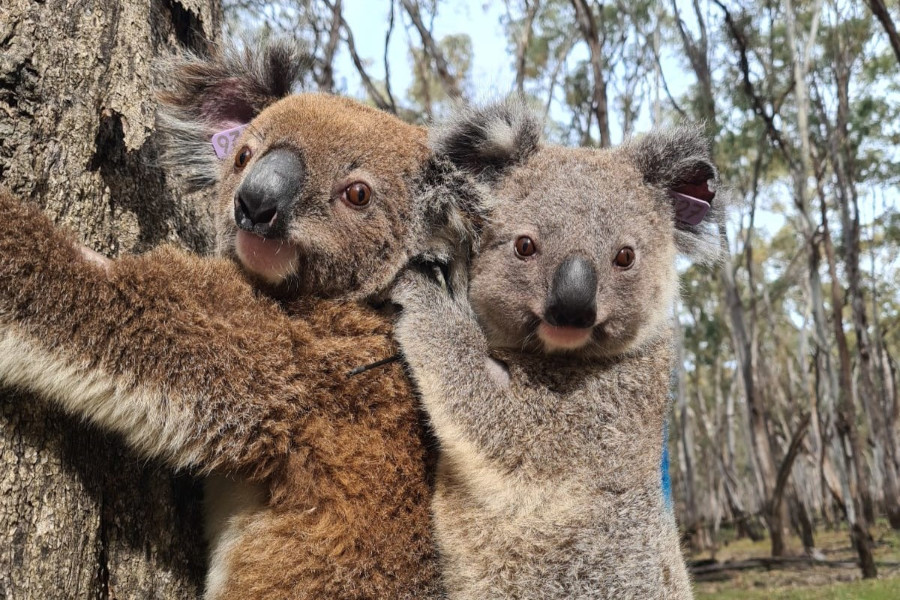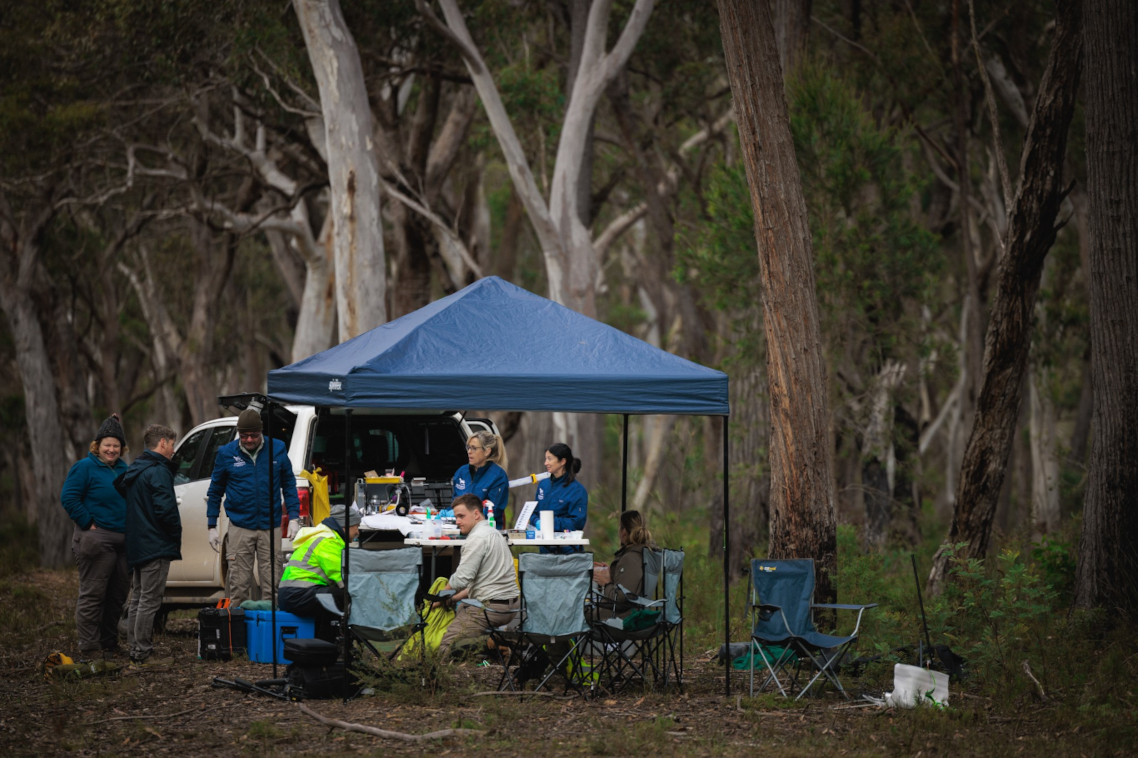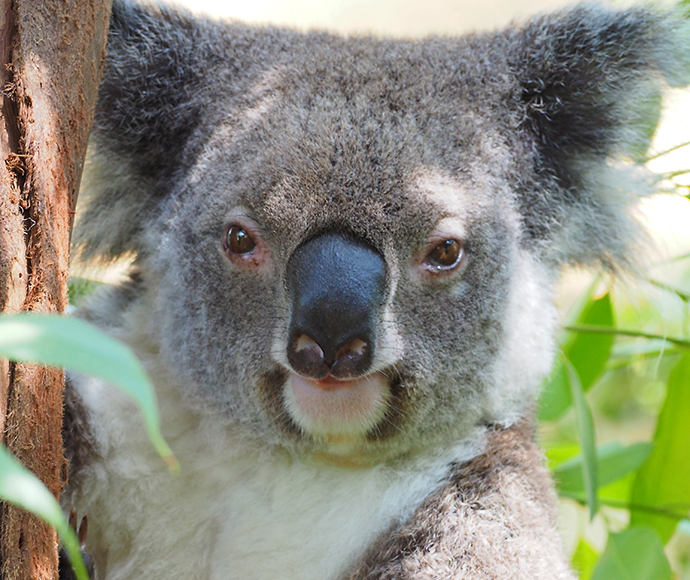Monitoring is important in the management of koalas. It is essential to:
- understand what is driving population changes
- evaluate management effectiveness, such as the impact of management actions being undertaken through the NSW Koala Strategy
- provide evidence to support policy, program design, and on-ground management activities.
Monitoring over the long-term enables collection of data to establish baseline information on koalas, detect and evaluate trends in populations, and develop models to predict the resilience of our koala populations.
Statewide monitoring
Three statewide koala monitoring programs are addressing knowledge gaps to support koala conservation and management across New South Wales:
- The koala baseline survey measures koala distribution and relative abundance at up to 800 sites.
- The koala priority population monitoring program uses acoustic-based monitoring to measure population trends of 20 priority koala populations.
- The koala sentinel monitoring program assesses koalas for disease, genetic diversity, and ecology at the individual and population level at 6 key locations.
Each program is a collaboration with partners to develop project scopes, deliver programs in the field, analyse samples and data collected, as well as build capacity to support program delivery. Our partners include NSW National Parks and Wildlife Service, Taronga Conservation Society Australia, Department of Primary Industries and Regional Development, non-government organisations, CSIRO and universities. The results of the baseline survey will be shared with the National Koala Monitoring Program to inform our understanding of the distribution and abundance of koala populations in Australia.
The 3 programs use up-to-date koala survey methods, such as heat-detecting drones and acoustic recorders. The NSW Koala Strategy, which began in 2021, has included work to identify these best-practice methods to locate and monitor koalas. This will create consistent, reliable and reusable data sets on koala occupancy and abundance in New South Wales.


